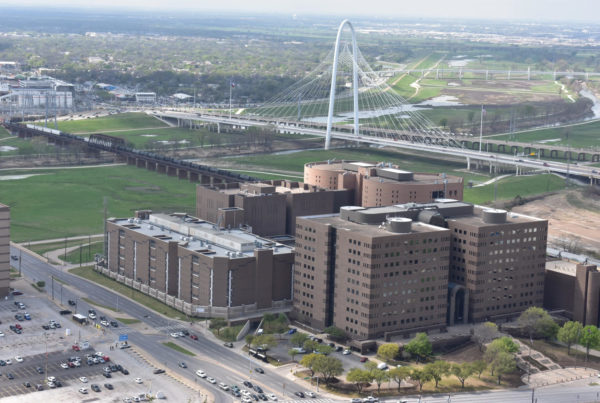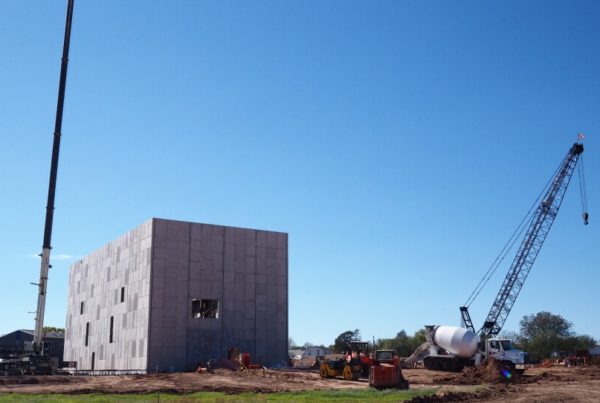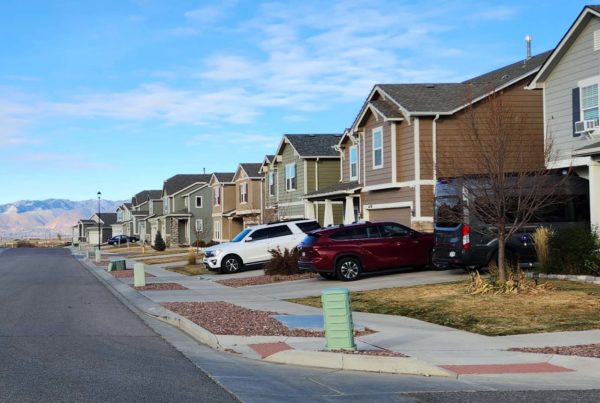Texans from San Antonio to Dallas felt the effects of an earthquake that started in far West Texas on Wednesday. The 5.4 magnitude quake was the third-largest tremor that the U.S. Geological Survey has recorded in Texas.
The earthquake occurred in an area that the Railroad Commission of Texas keeps close tabs on. That’s because of the high volume of wastewater from fracking that gets injected into the ground there – a practice that can induce earthquakes.
Hugh Daigle, an associate professor in the petroleum and geosystems engineering department at the University of Texas at Austin, spoke to the Texas Standard about efforts to reduce seismic activity in the area. Listen to the story above or read the transcript below.
This transcript has been edited lightly for clarity:
Texas Standard: After this earthquake, you sent out a series of tweets about how the epicenter of the quake fell within something called a seismic response area. What is that?
Hugh Daigle: Yeah, that’s a good question. So the Railroad Commission has developed a bunch of these seismic response areas in West Texas, and this particular one is the Northern Culberson-Reeves seismic response area, which is from the counties that it’s located in. And that’s an area where there’s been a lot of earthquakes that they believe are associated with disposal of water that’s produced from oil and gas operations in the area. And this is an area where they’re very carefully looking at permitting of water disposal wells in an effort to completely reduce any magnitude 3.5 or higher earthquakes within 18 months of the implementation, which was in March of this year.














